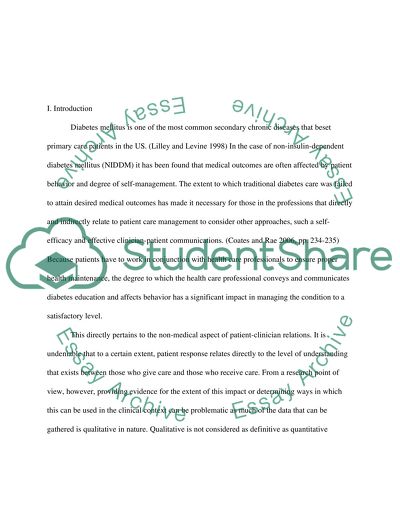Cite this document
(“Diabetes Patient Management Book Report/Review Example | Topics and Well Written Essays - 3000 words”, n.d.)
Diabetes Patient Management Book Report/Review Example | Topics and Well Written Essays - 3000 words. Retrieved from https://studentshare.org/health-sciences-medicine/1515959-diabetes-patient-management
Diabetes Patient Management Book Report/Review Example | Topics and Well Written Essays - 3000 words. Retrieved from https://studentshare.org/health-sciences-medicine/1515959-diabetes-patient-management
(Diabetes Patient Management Book Report/Review Example | Topics and Well Written Essays - 3000 Words)
Diabetes Patient Management Book Report/Review Example | Topics and Well Written Essays - 3000 Words. https://studentshare.org/health-sciences-medicine/1515959-diabetes-patient-management.
Diabetes Patient Management Book Report/Review Example | Topics and Well Written Essays - 3000 Words. https://studentshare.org/health-sciences-medicine/1515959-diabetes-patient-management.
“Diabetes Patient Management Book Report/Review Example | Topics and Well Written Essays - 3000 Words”, n.d. https://studentshare.org/health-sciences-medicine/1515959-diabetes-patient-management.


